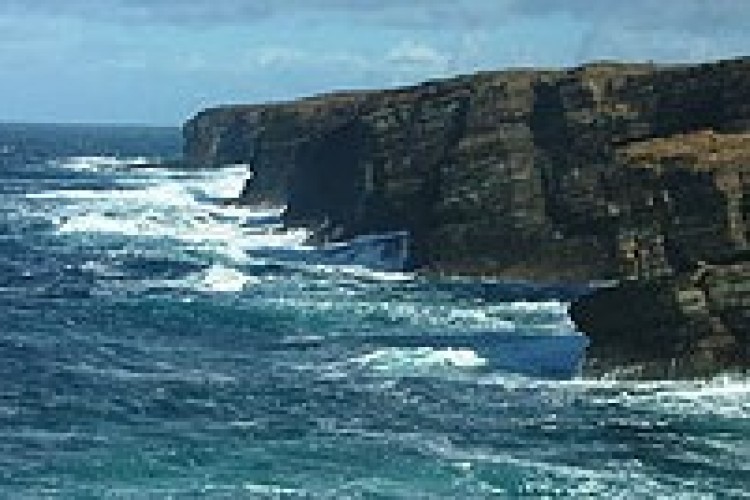EMEC and Canada’s Fundy Ocean Research Centre for Energy (FORCE) are working with coatings manufacturer Whitford to see how coatings perform under water.
EMEC managing director Neil Kermode said: “Corrosion and other associated issues are a big challenge for wave and tidal energy technologies given that devices could be deployed at sea for years at a time. During discussions we realised that the marine conditions experienced at FORCE’s test site in Nova Scotia are very different from what we are seeing across the pond at EMEC, in Orkney. So the inclusion of a technology testing program with us will provide a different experience if they then decide to deploy in Canada, or vice versa.
“The conditions experienced by FORCE's sensor lander got me thinking about the Whitford coatings we have been testing in Orkney. A quick call to Whitford confirmed that they were keen to see how applicable their products are in the Canadian waters and we already knew the FORCE team welcome collaborative research.”

Tony Wright of FORCE added: “Working in the Bay of Fundy, our sensor platforms have to operate in extreme high-flow conditions. Our site experiences 14 billion tonnes of water every tide, moving at speeds above 20 kilometres an hour. Working in the world's highest tides is a challenge, but also an opportunity for technologies to meet the ultimate test of durability: the 'Fundy Standard'. EMEC and FORCE are both working to advance the marine renewable energy sector responsibly and economically, and opportunities like this – to share research, knowledge, and technology – is critical to that work.
“Jointly studying issues like marine growth, corrosion, and other outstanding environmental and technological questions will ensure developers have the right approach wherever they end up deploying their technologies.”
Mr Kermode hopes to expand this research project further into how new materials behave at different sites across the globe. “So much learning has taken place at EMEC and FORCE already, however synergies can be created by learning together: parallel processing of innovation is the key to getting the cost curve down quickly. The more we can do in parallel, the greater the rate of learning,” he said. “The corrosion and other behaviour experienced in the northern hemisphere will be different from that in the south, and it’ll be different in the tropics compared to temperate areas. The potential for marine energy however is global, and technology developers will need to be prepared for this.”
Got a story? Email news@theconstructionindex.co.uk



